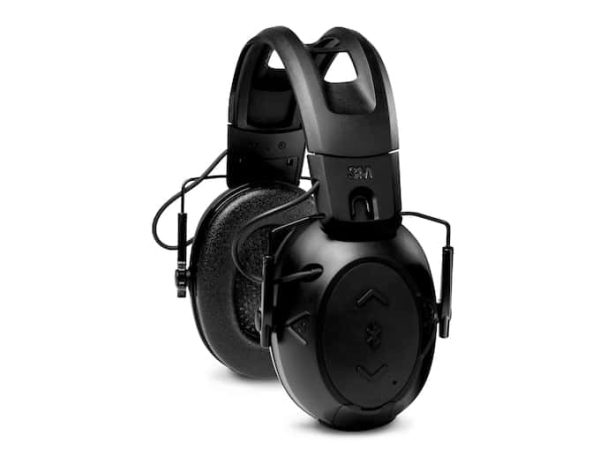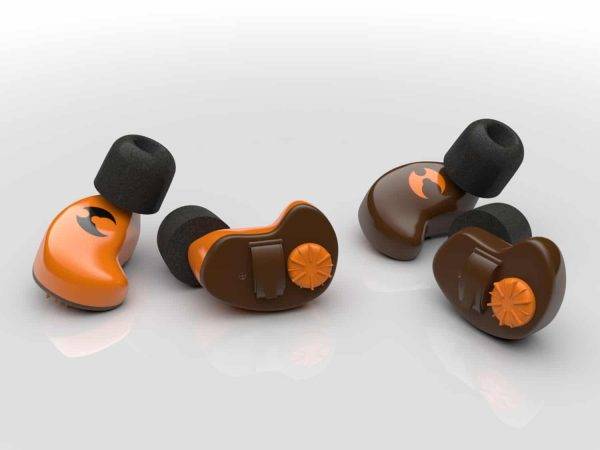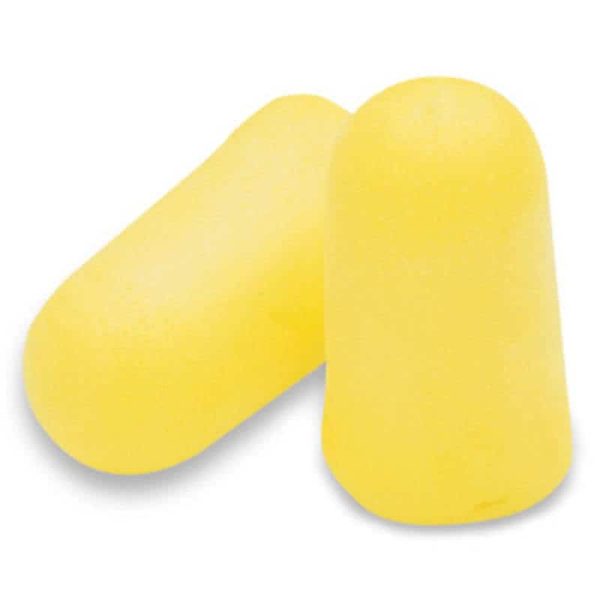- 800.525.2690
- [email protected]
- Mon - Fri: 8:00 - 4:30
What Kind of Ear Protection for Shooting Is Right for You?
Learn what kind of ear protection for shooting suits you best! From foam plugs to the electronic SHOTHUNT series, find top gear to stay safe and comfortable at the range. Our top picks include tactical protection, earplug and ear defender combos, and comfortable PPE for longer shooting sessions.
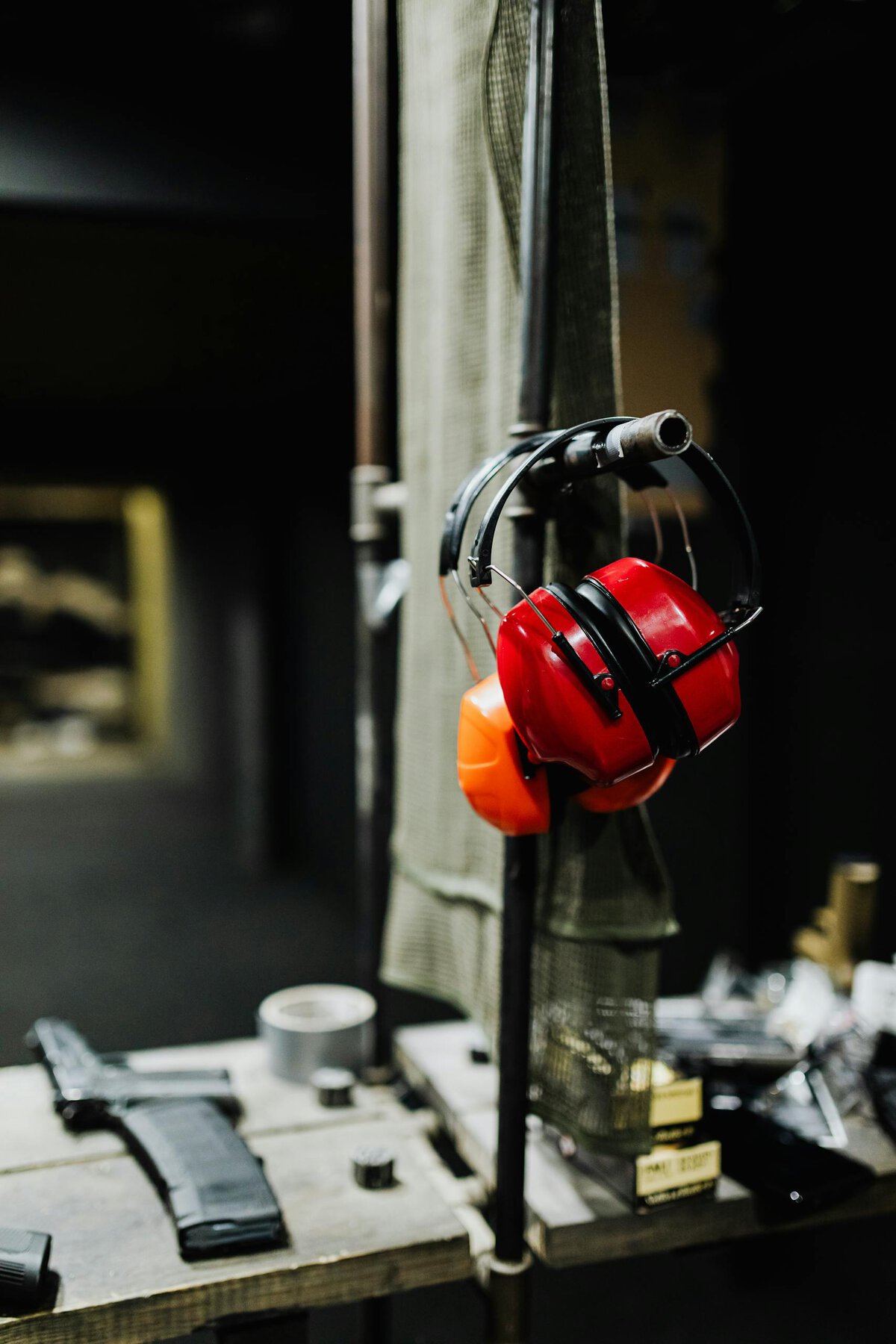
Why Hearing Protection Matters
Protecting your hearing is essential every time you shoot. Gunfire reaches sound levels that can cause immediate and irreversible damage. That’s why it’s important to consider what kind of ear protection for shooting is right for you. Choosing the proper gear—whether for the range or the field—not only prevents long-term hearing loss but also ensures you can safely enjoy shooting for years to come.
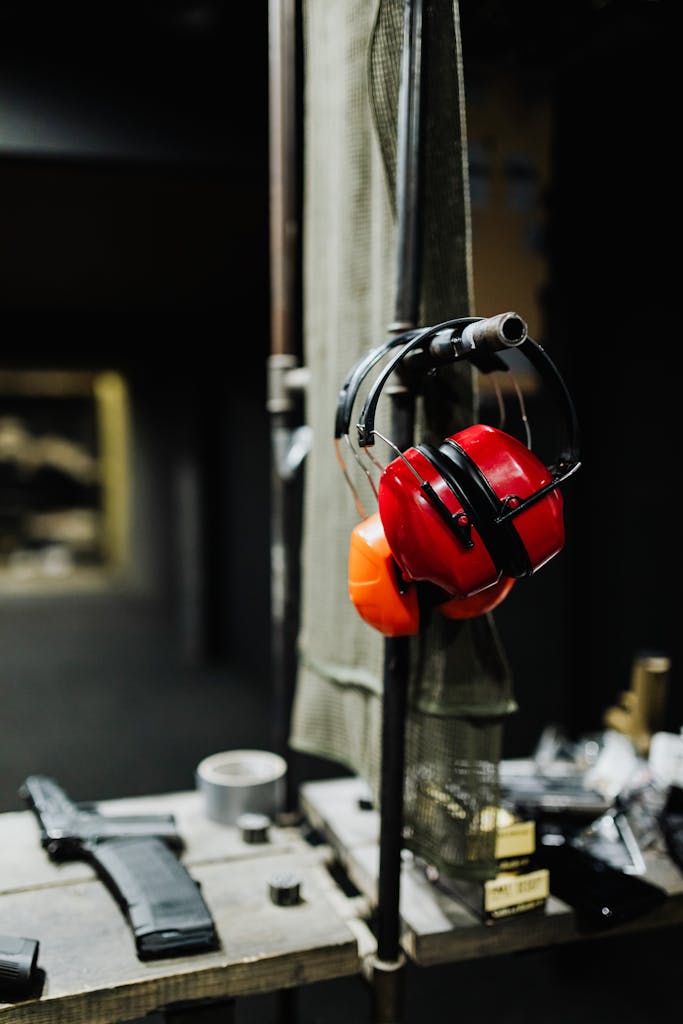
The Science Behind Hearing Loss
Loud noises from firearms can wreak havoc on your inner ear. The cochlea, a spiral-shaped structure, houses tiny hair cells that transmit sound to your brain. Gunshots, ranging from 150–170 dB, create intense vibrations that can destroy these delicate cells. Once damaged, hair cells don’t regenerate, leading to permanent hearing loss or tinnitus, a constant ringing in the ears.
- Key Fact: Prolonged exposure to high-decibel sounds kills hair cells, causing irreversible damage.
- Prevention: Using earplugs or earmuffs reduces sound intensity, protecting your cochlea.
What Is a Safe Decibel Level?
Firearms are extremely loud – even a single gunshot can cause instant, irreversible hearing damage. Most guns produce sound levels between 140 and 170 dB, which is well above the pain threshold.
Here’s how different decibel levels affect your ears, especially in shooting environments:
| Decibel Level | Impact on Hearing |
|---|---|
| 0–30 dB | Safe – normal background noise |
| 60–85 dB | Moderate – extended exposure may lead to damage |
| 85–100 dB | Dangerous with repeated or long-term exposure |
| 100–120 dB | Uncomfortable – hearing damage likely |
| 120–140 dB | Painful – close to rock concerts, jackhammers |
| 140–170 dB | Gunshot range – instant damage without protection |
To shoot safely, always wear hearing protection with a Noise Reduction Rating (NRR) of 25 dB or higher. This helps lower the intense impact of gunfire to more tolerable, less damaging levels.
Types of Ear Protection for Shooting
Choosing the right ear protection is key to safe and enjoyable shooting. With options like passive earplugs, electronic earmuffs, and in-ear devices, there’s a solution for every shooter. Each type offers unique benefits, balancing hearing safety, comfort, and functionality to suit your needs at the range or in the field.
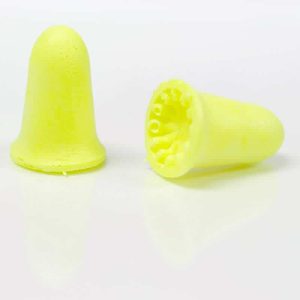
Passive Ear Protection
Passive ear protection, like foam earplugs and passive earmuffs, is the go-to for budget-conscious shooters. These affordable options provide solid noise reduction (15–30 dB NRR) but block all sounds, limiting communication.
- Pros: Cheap, widely available, effective for basic hearing protection.
- Cons: Muffles voices, reducing situational awareness.
| Type | NRR Range | Cost |
| Foam Earplugs | 15–30 dB | $5–$20 |
| Passive Earmuffs | 20–30 dB | $15–$50 |
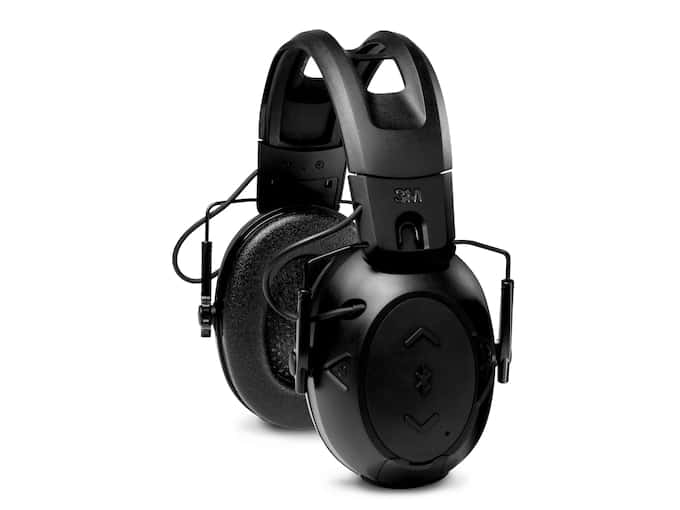
Electronic Ear Protection
Electronic ear protection amplifies ambient sounds like voices while instantly blocking gunshot noise. Perfect for range communication, these electronic earmuffs (25+ dB NRR) enhance situational awareness.
- Features: Adjustable sound settings, comfortable for long sessions.
- Ideal For: Shooters needing to hear range commands or conversations.
In-Ear Electronic Devices
In-ear electronic devices are compact, tech-forward options with Bluetooth connectivity. They offer noise reduction and clear audio but require precise fitting for effectiveness.
- Best For: Tech-savvy shooters prioritizing portability and modern features.
- Note: Proper fit is critical to avoid discomfort.
4 Features to Look For In Shooting Protection
Selecting the right ear protection for shooting means evaluating essential features to ensure hearing safety and comfort. From noise reduction to communication capabilities, these criteria help you find the perfect fit for your shooting style, whether at the range or in the field.
1. Noise Reduction Rating (NRR) and SNR
The Noise Reduction Rating (NRR) and Single Number Rating (SNR) measure how much sound is blocked. A baseline of 25 dB NRR is ideal for most shooting environments, with indoor ranges often requiring higher protection due to reverberation.
- NRR vs. SNR: NRR is common in the U.S., while SNR is used globally; both indicate decibel reduction.
- Doubling Up: Combine earplugs and earmuffs for up to 40–45 dB reduction in high-noise settings.
2. Comfort and Fit
Comfort is crucial for long sessions. Gel pads (found on premium models) outshine foam pads for softness, while lightweight designs prevent fatigue. Proper ear canal sizing ensures a snug fit, and slim profiles avoid cheek weld interference.
- Tip: Test sizes to avoid discomfort or reduced noise reduction.
3. Communication Capabilities
In tactical or team environments, electronic ear protection amplifies voices while blocking gunshot noise, enhancing situational awareness.
- Best For: Range commands or group hunts.
4. Portability and Battery Life
Choose compact and lightweight options for easy travel. Rechargeable electronic devices with long battery life ensure reliability.
- Key Consideration: Look for foldable earmuffs or small in-ear devices for convenience.
Our Top Picks for Shooting Ear Protection
Selecting the right ear protection ensures a safe, enjoyable shooting experience. These top picks cater to competitive shooters, hunters, and casual range-goers, balancing noise reduction, comfort, and advanced features for optimal hearing safety.
Best Electronic Earmuffs
Electronic earmuffs amplify safe sounds like voices while blocking gunshot noise.
- Peltor Tactical 500 Bluetooth® (26 dB NRR): Features Dynamic Suppression and Clear Voice Tracking for enhanced speech clarity. Bluetooth connectivity allows device syncing, with a foldable, adjustable headband for comfort.
- MSA Sordin Supreme Pro X (22 dB NRR): Offers superior sound fidelity, gel pads, and rapid sound cutoff, ideal for competitions.
-
Peltor™ – Tactical 500 Bluetooth® Electronic Ear Muff
$200.00Original price was: $200.00.$187.00Current price is: $187.00.
Best In-Ear Electronic Protection
In-ear electronic options provide discreet, advanced protection.
- SHOTHUNT Electronic Earplugs (32 dB SNR): Premium, low-profile plugs with digital protection and custom fit for all-day comfort and clear speech.
- AXIL XCOR (29 dB SNR): Bluetooth-enabled and rechargeable, perfect for hunting and range use.
Best Passive/Backup Options
Passive earplugs are cost-effective and reliable for standalone or layered use.
- EAR TaperFit 2 Foam Earplugs (32 dB NRR): Soft, disposable plugs with a tapered design for a comfortable seal, ideal for indoor ranges.
FAQs About Shooting Ear Protection
Got questions about ear protection for shooting? We’ve got answers to ensure your hearing safety with confidence.
What Decibel Rating Do I Need for Shooting?
Aim for 25 dB NRR or higher to block gunshot noise (150–170 dB). Indoor ranges may need 30 dB+ due to reverberation.
Is 22 dB NRR Enough?
22 dB NRR falls short for most firearms. It’s better suited for lighter calibers but risks insufficient noise reduction for louder guns.
Should I Double Up Hearing Protection?
Yes, combining earplugs and earmuffs can achieve 40–45 dB reduction, ideal for indoor shooting or heavy firearms.
Are Electronic Earmuffs Better Than Foam Plugs?
Electronic earmuffs amplify voices for situational awareness, making them ideal for team settings, while foam plugs are cheaper but muffle all sounds.
Can I Wear Earbuds or Bluetooth Headphones Instead?
Earbuds or Bluetooth headphones lack adequate NRR and aren’t safe substitutes for proper shooting ear protection.
How Do I Know If My Plugs Are Inserted Correctly?
Earplugs should feel snug and block most sound. Roll foam plugs tightly, pull your ear up, and insert deeply for a secure fit.

